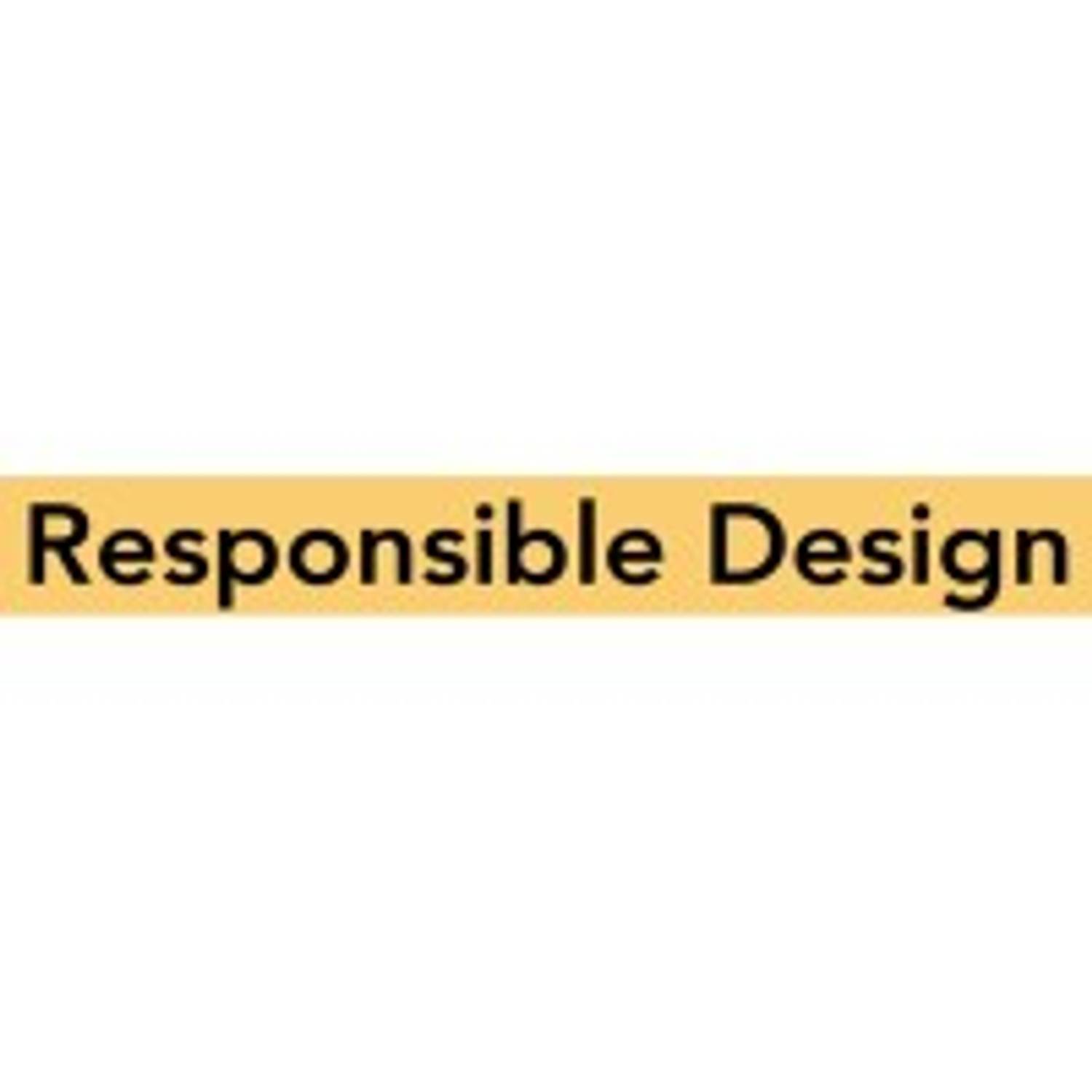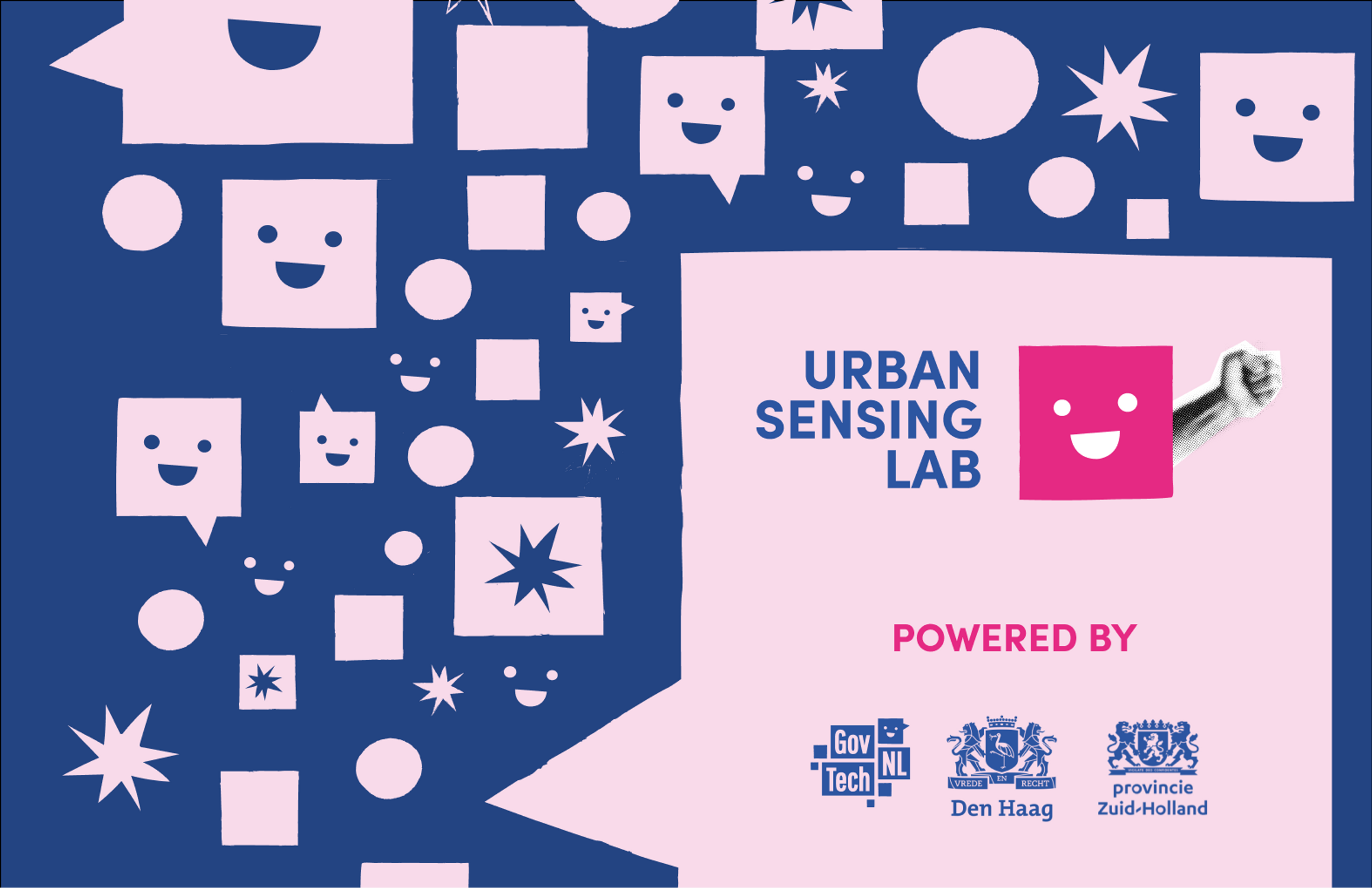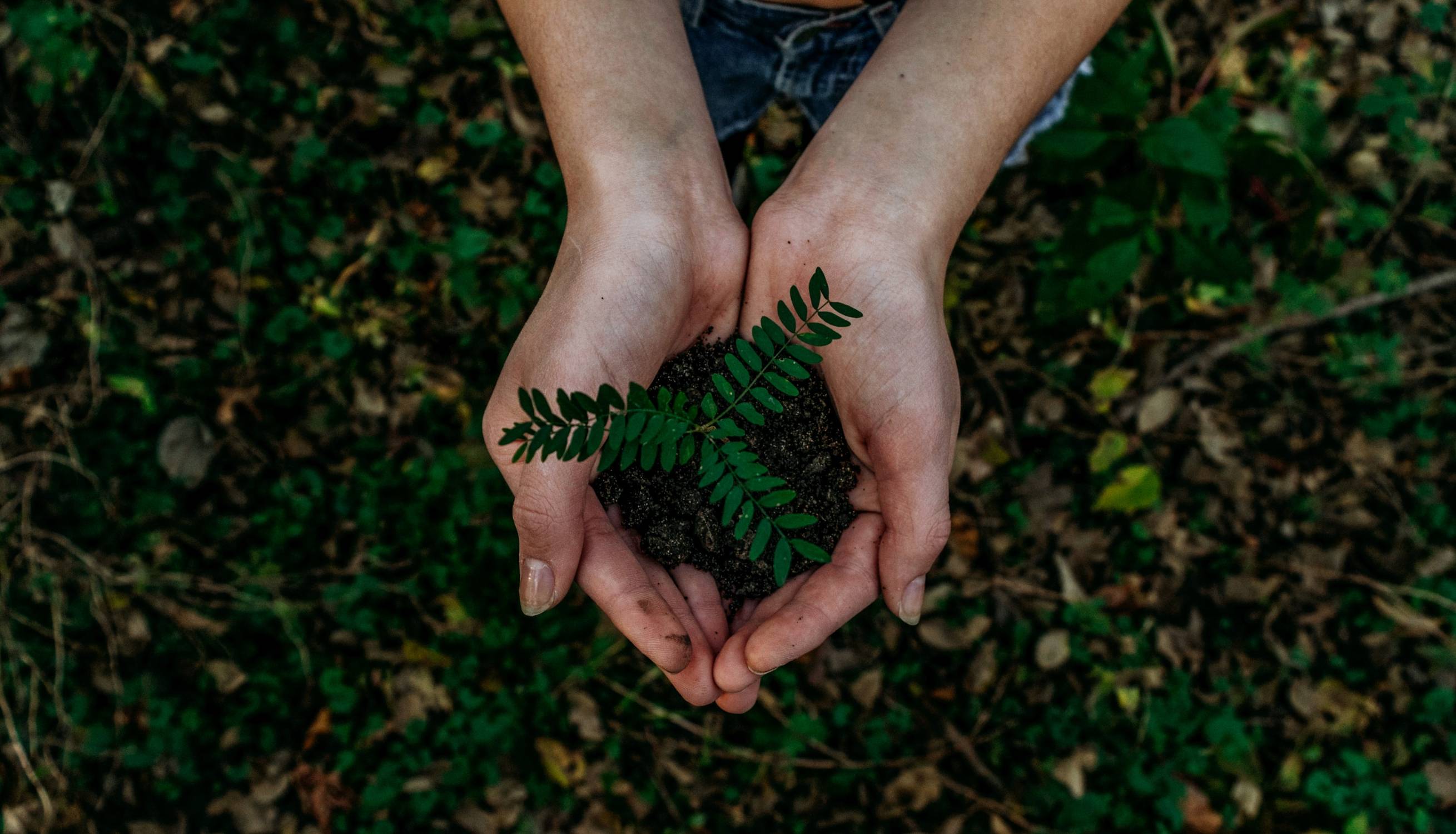
October 20, 2023
Abundance in Responsible Design
#abundance
#diversity
#responsible design



Cecilia Scolaro
Responsible Design advocate and consultant
Share
Abundance is a concept that absolutely changed my perspective on the world. I first encountered it in emergent strategy, by adrienne maree brown.
The whole book radiates abundance from every page, but this passage is the one that stuck with me:
[...] we live in a system that thrives when conditions are abundant and diverse, in a universe that holds contradictions and multitudes, and we often reject that chaotic fertile reality too soon [...].
Around the same time I was listening to Brené Brown’s podcast, where she mentions many times how multiple contradicting things can be true at the same time. We can be simultaneously happy and sad about something that is changing in our lives. Our behaviours can be moved by good intentions and be harmful at the same time. Something can be beneficial and detrimental at the same time.
I learnt about The Infinite Game theory via Simon Sinek that explains how business, politics and life are systems where players and rules are always changing and there is no defined endpoint.
I listened to the carefully crafted words of Chimamanda Ngozi Adichie warning us about the dangers of a single story, how it reduces people and places to an in-complete stereotypical version of themselves and harms them, and as we embrace the multiplicity of stories, we regain paradise.
It all seems connected to me. All of these ideas embrace diversity, biodiversity, complexity, plurality, multicultures, multidisciplinarity.
All of them warn against over-simplification, reductionism, or lowest-common denominator. All of these powerful thinkers are trying to help us imagine beyond scarcity, to see past the idea that there is one and only one truth, or two and only two genders, or one and only one leader, or one and only one method, etc. In fact, we are surrounded by an abundance of possibility greater than our narrowed vision.
I have always enjoyed pondering conflicting ideas, questioning established truths or simply changing my mind when I encounter a different point of view. I bring abundance to how I practise Responsible Design, in several ways, for example…
By holding space for diverse voices
An abundant (and equitable) design process invites people with different backgrounds and lived experiences to participate, but it does not stop there. Invitation is not enough, the right circumstances need to be created. People need to feel safe, respected, heard and empowered to collaborate and make decisions. And ultimately receive the benefits of the design process.
There are a multitude of brilliant people who have written about community-drive, co-design and design justice theories and methodologies better than I would ever do. I am just going to refer to a few of them, go and read their work: Sasha Costanza-Chock and the Design Justice Network, Sloan Leo, Kelly Ann McKercher.
By diversifying my design references
Our imagination is bound to our experience and our mental models. If all we consider ‘design’ is what has been created by white people after the industrial revolution, we are having a limited (scarce?) white-western-centric set of references. After reading and listening to the great work of Dori Tunstall about Decolonising design, I discovered an abundance of design inspiration beyond what I had thought of before.
By holding space for chaos
Human creativity and problem solving is a messy process. Methodologies, tools, workshops, (design) sprints have been devised in order to predict, control and increase the productivity of our creative efforts. As much as they help, they may also not work. I try as much as possible to design flexible and abundant ways for people to contribute, even if it may seem messy, I adapt to create the circumstance where everybody can be authentic and express themselves, rather than fitting into a predetermined format that fits all and nobody.
By holding space for grievances
Most of my work is related to change. Change is a departure from what it was in order to make space for what it will be. Any form of change requires time and mental space for humans to process and adapt, we are not machines that can be switched into a new status with a click. Departing from an old status may require some people to go through a grieving process first, as they say goodbye to the status that used to be they may experience denial, anger, sadness, frustration, fear. I try to create space for people to voice these feelings, to go through them together, to adapt to the new circumstances with grace and compassion. The grief that is expressed in that space can become fertiliser for what will come afterwards.
By understanding and accepting the positive and negative impact of everything that I will design.
I grew up professionally completely immersed in the so-called Techno Optimism, the idea that well-designed technology would fix all problems of the world. The more I dug into Responsible Tech, the more I realised the nuances, the complexity of technology, even the technology designed with the best of intentions.
Everything we design is going to have a series of positive and negative effects, some of them we can predict, some of them we can’t. Responsible Design has several tools that support the prediction and the mitigation of the risks and minimise the harm. I personally had to accept the idea that my design may also have negative consequences. As logical as it sounds, this is not an idea I was taught in design schools or that we even talk about much among professionals. It is, though, a fundamental step towards taking accountability and careful consideration of the consequences of even the tiny professional decisions we take on a daily basis.
As you may have understood by now, this can’t be a complete list as a complete list about abundance is a contradiction in terms, but I hope it can be inspirational for people working in different roles and circumstances and can support our process to regain a kind of paradise, in Adichies’ words.
Written By
Responsible Design

Share
More stories
Meet SPAIA: Protecting the tiny creatures that keep nature in balance
#basecamp
#biodiversity
#sustainability

A Story of Growth and Innovation: Rendair's Journey to Simplifying 3D Design
#basecamp
#architecture
#innovation

Business out of balance and how to restore it
#womeninventures
#post-growth
#masculine values
#feminine values

Green Habit: Revolutionising Sustainable Living with AI
#basecamp
#AI
#sustainability



